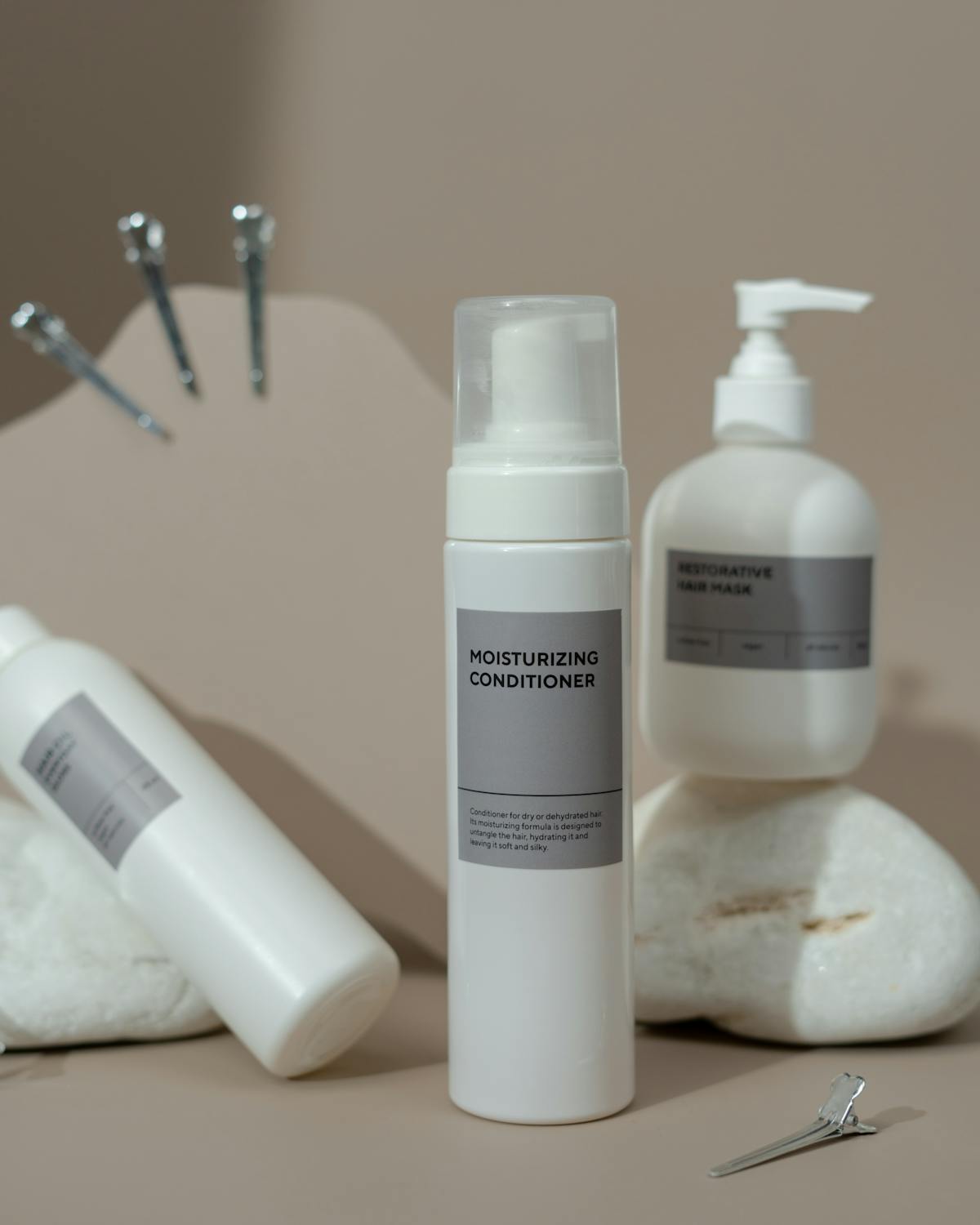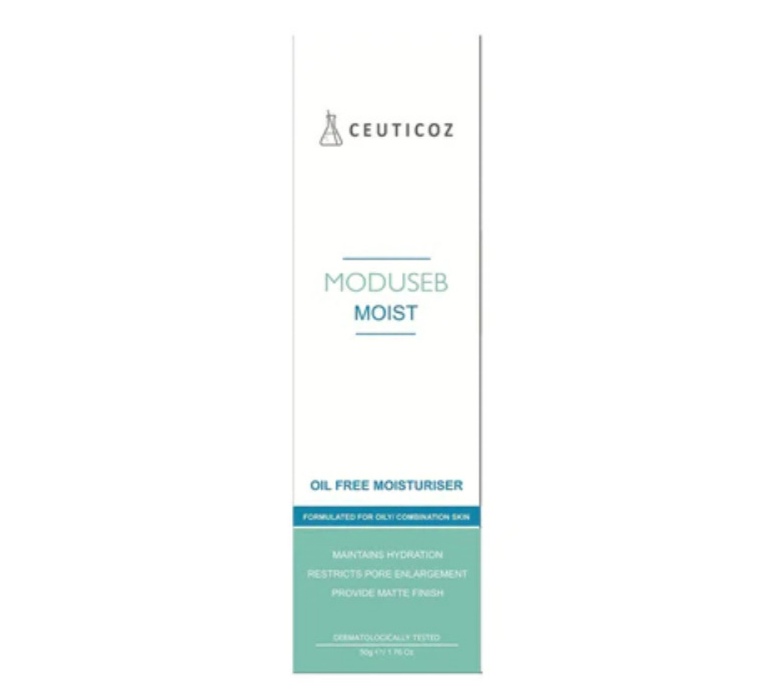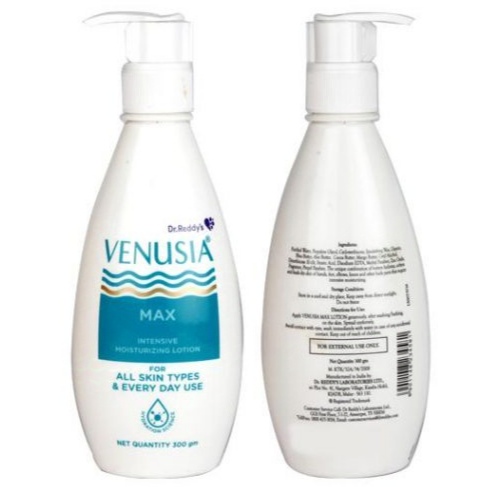Introduction
Getting new spectacles should bring clarity, not headaches. But if you’ve recently switched to a new pair of glasses and are experiencing headaches, you’re not alone. Adjusting to new lenses, frames, or prescription changes can sometimes lead to discomfort. In this article, we’ll explore the causes of new spectacles headaches, how to alleviate them, and tips for preventing this issue in the future.
Why Do New Spectacles Cause Headaches?
New spectacles can cause headaches for several reasons. Understanding the cause is the first step to relief.
1. Prescription Changes
One of the most common reasons for headaches with new spectacles is a significant change in your prescription. If your eye doctor adjusted your prescription to correct nearsightedness, farsightedness, or astigmatism, your eyes need time to adapt. This adjustment period can lead to eye strain, which may cause headaches.
2. Lens Type and Coating
Switching to a different lens type, such as progressive or bifocal lenses, can also be a source of discomfort. These lenses require your eyes to adjust to new focal points, which may be challenging at first. Additionally, certain lens coatings, like anti-glare or blue light protection, can alter the way your eyes perceive light, sometimes triggering headaches.
3. Frame Fit and Alignment
The fit of your new glasses is crucial. If the frames are too tight, loose, or misaligned, they can put pressure on your temples or nose, leading to discomfort. Ill-fitting glasses can also shift the position of the lenses, causing your eyes to work harder, resulting in headaches.
How to Alleviate Headaches Caused by New Spectacles
If you’re experiencing headaches with your new spectacles, there are several strategies to help ease the discomfort.
1. Give It Time
It’s normal for your eyes to take a few days to a couple of weeks to adjust to new lenses. During this period, try to wear your glasses consistently so your eyes adapt more quickly. If the headaches persist beyond two weeks, it’s essential to revisit your eye doctor.
2. Practice Eye Exercises
Eye exercises can help reduce strain and alleviate headaches. One simple exercise is the “20-20-20 rule”: every 20 minutes, look at something 20 feet away for at least 20 seconds. This can help relax your eye muscles and prevent tension headaches.
3. Ensure Proper Frame Fit
If your glasses feel uncomfortable or tight, visit the optician for an adjustment. They can modify the frame to fit your face better, ensuring that there’s no undue pressure on your temples or nose.
4. Use Over-the-Counter Pain Relief (If Needed)
If the headache is persistent and causing discomfort, over-the-counter pain relievers like ibuprofen or acetaminophen may provide temporary relief. However, this should not be a long-term solution, and it’s always best to consult your healthcare provider before taking any medication.
Tips to Prevent Headaches When Getting New Spectacles
Prevention is always better than cure. Here are some proactive steps you can take when getting new glasses to minimize the risk of headaches.
1. Schedule Regular Eye Exams
Make sure your eye exams are up-to-date. Accurate prescriptions reduce the risk of strain and discomfort. Eye health changes over time, so regular check-ups help catch any issues early, ensuring you have the correct lenses.
2. Choose the Right Lens Type
Discuss your lifestyle and needs with your optometrist. They can recommend lenses that best suit your daily activities, reducing the likelihood of headaches. For example, if you work long hours in front of screens, blue light blocking lenses might help reduce strain.
3. Adjust Gradually to New Prescriptions
If you have a significant change in prescription, consider adjusting gradually. Alternate between your new and old glasses, giving your eyes time to adapt. This gradual approach can ease the transition and minimize headaches.
4. Focus on Comfort When Selecting Frames
Comfort is key when choosing frames. Ensure they fit well on your nose and behind your ears without causing pressure. Lightweight materials like titanium can be a great choice for those prone to discomfort.
When to See an Eye Doctor
While mild headaches are normal during the adjustment period, it’s important to know when to seek professional help. If you experience severe headaches, blurred vision, dizziness, or eye pain, consult your optometrist immediately. These symptoms could indicate an issue with your prescription or a more serious eye condition.
Conclusion
Headaches from new spectacles can be frustrating, but they’re often temporary. By understanding the causes and taking proactive measures, you can ease the adjustment period and enjoy clear, comfortable vision. If the discomfort persists, don’t hesitate to reach out to your eye doctor for a professional evaluation. With the right approach, you’ll soon be seeing clearly without the pain.










